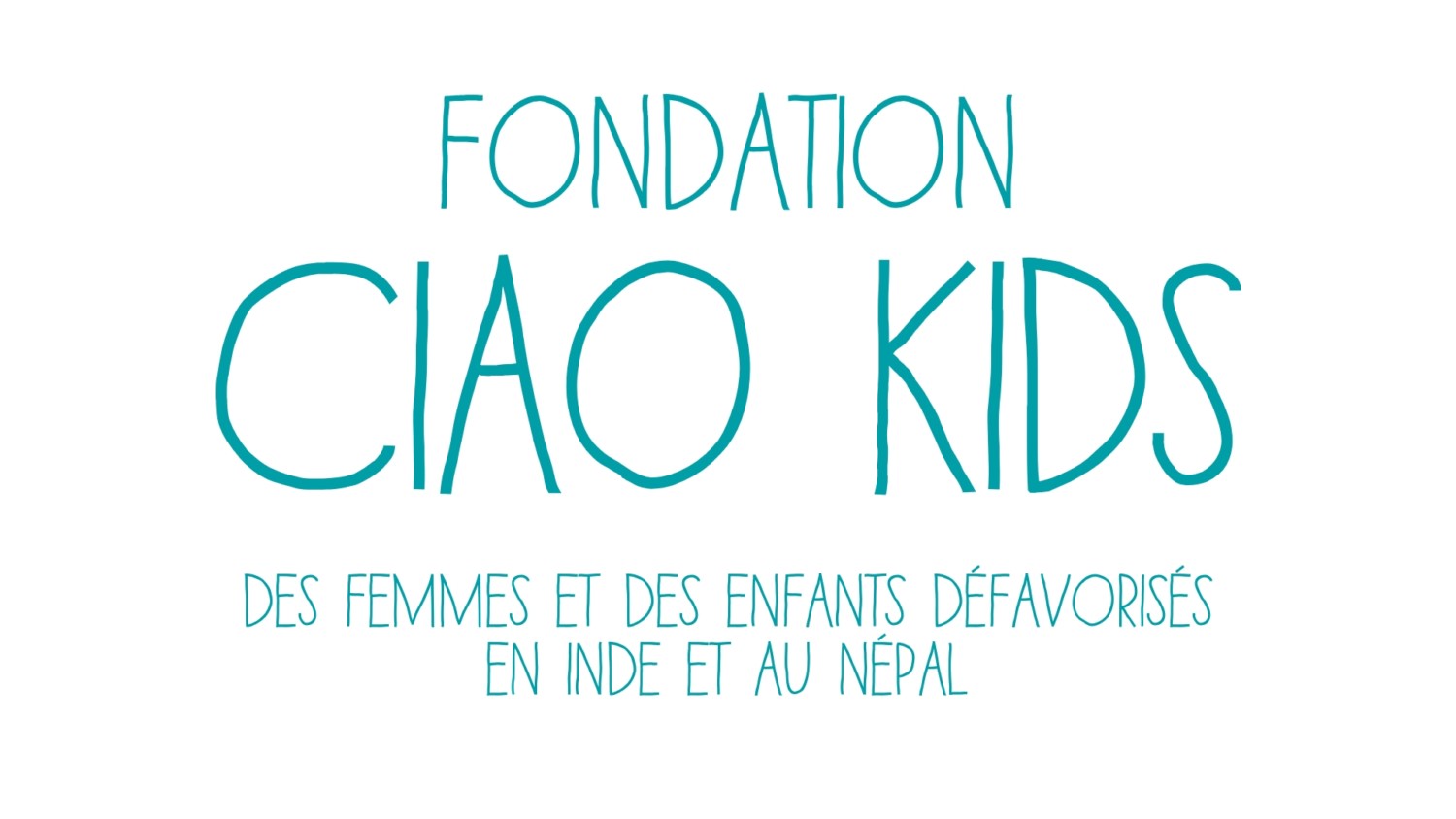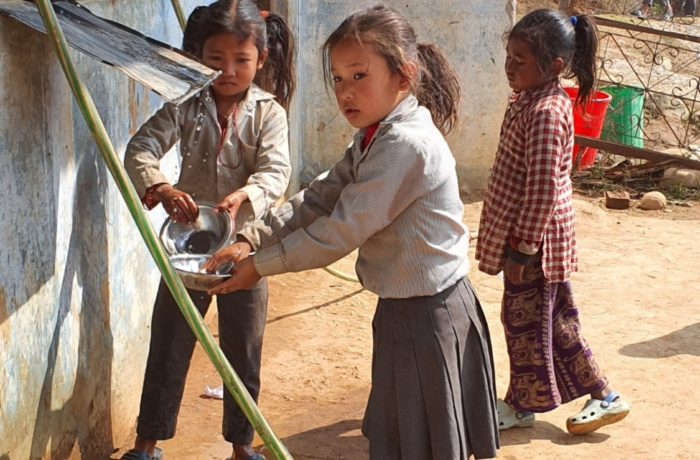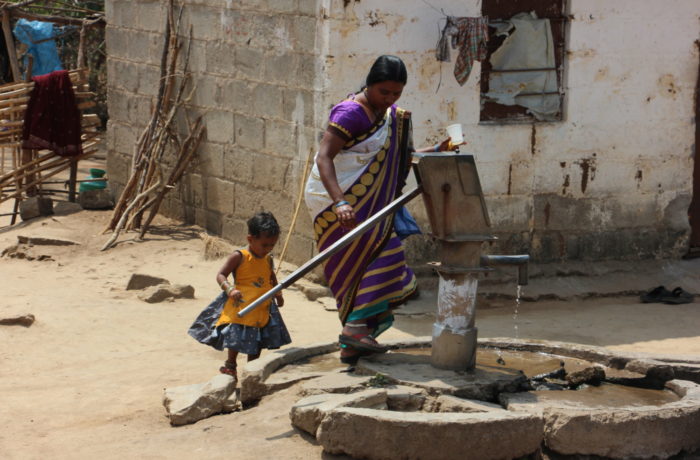INDIA
India is the second most populous country in the world, with a great ethnic, cultural and religious diversity. Despite many advances in education and health and rapid economic growth, great inequalities persist.
Historically, Hindu society has been divided into four castes. A fifth category includes those completely excluded from this framework, such as tribal people (Adivasis) and Dalits (formerly called Untouchables).
Adivasis, an indigenous people, constitute 8.6% of the total population of the nation, or some 104.3 million people. Adivasis live mainly near nature, in mountains, forests and hilly areas, away from the fertile plains. The increasing number of dams and industries has forced them to leave their land, for which they are unable to prove their ownership rights. Very few of them are then assigned to permanent jobs and services.
Dalits, the lowest group in the caste hierarchy, make up about 16.6% of India’s population (166 million). They live mostly in rural areas, excluded from Indian society. They are mainly marginal farmers and landless labourers, often prone to debt from generation to generation.
Although affirmative action policies were put in place by the 1951 Constitution to promote the advancement of the socially and educationally backward classes, Adivasis and Dalits continue to face great inequalities. The stigma they face is still evident to this day and they continue to survive in inhuman and degrading conditions. Women in particular are the most exploited.
NEPAL
The Adivasis of Nepal, known as Janajati, make up 35.6% of the population. They live mainly from agriculture, on rented land. More than 60% live below the poverty line, and high illiteracy and indebtedness keep this group at the bottom of the socio-economic ladder. Women and children are particularly vulnerable to human trafficking for domestic purposes or prostitution.
Dalits represent 13.6% of the total population of 36 million. Nearly half of them live below the poverty line and less than half are literate. Nutritional indicators are worrying, with nearly 60% of children stunted.
The situation of Dalits and Adivasis/Janajati is marked by entrenched social discrimination resulting in a lack of educational and employment opportunities despite constitutional guarantees in both countries. It is these historically marginalised groups that CIAO KIDS Foundation seeks to reach out to in India and Nepal as a priority.




